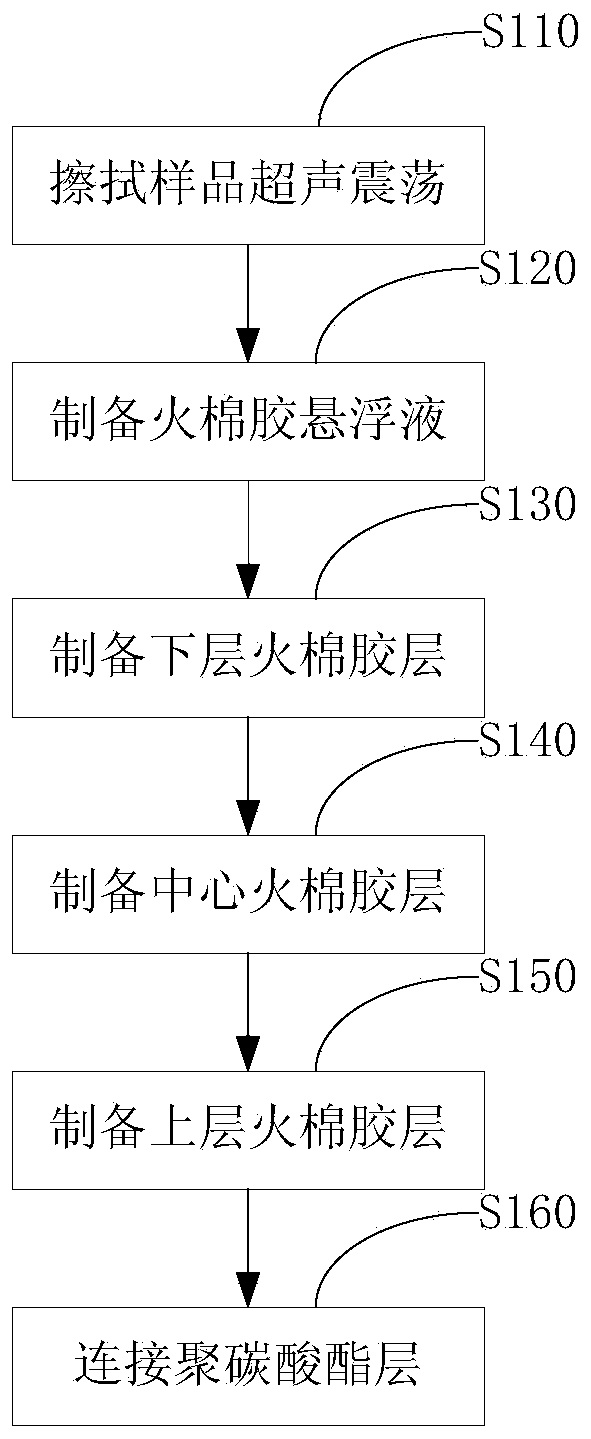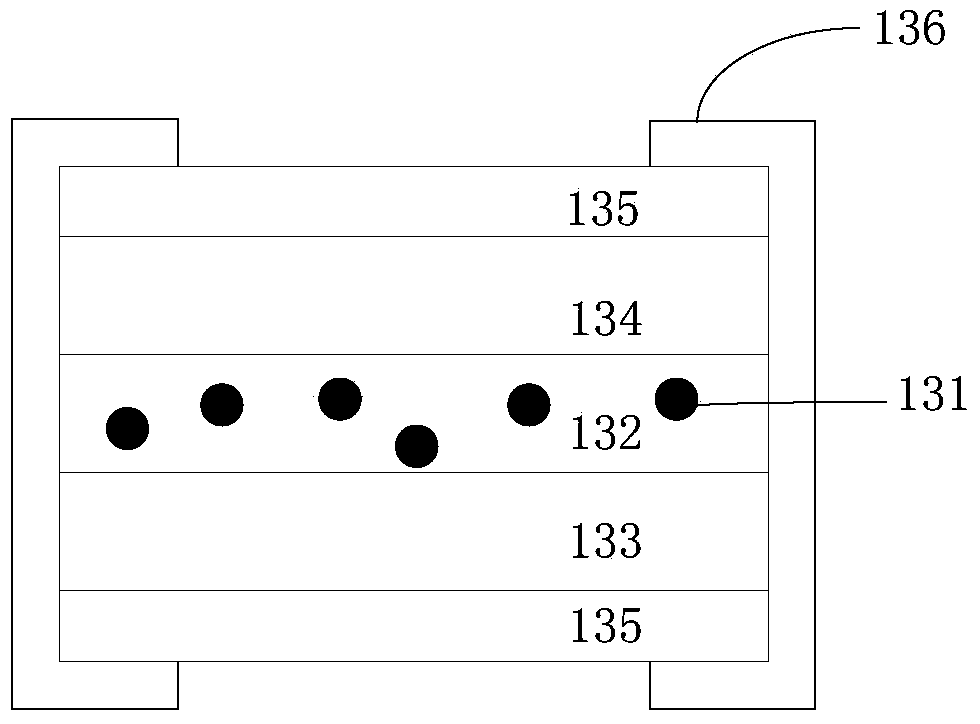Novel method for analyzing isotope ratio of fissile nuclide particles by virtue of FT-TIMS (fission track-thermal ionization mass spectrometry)
A FT-TIMS, fissile nuclide technology, applied in the field of new FT-TIMS analysis of fissile nuclide particle isotope ratio, can solve the problems of reduced ashing speed of test samples, agglomeration and loss of particles to be tested, and achieve Not easy to lose particles, not easy to lose, high recovery efficiency
- Summary
- Abstract
- Description
- Claims
- Application Information
AI Technical Summary
Problems solved by technology
Method used
Image
Examples
no. 1 example
[0060] First embodiment: self-made monodisperse uranium particles with a particle size of 2 μm and a 235U (uranium 235) abundance of 35% were used as a simulated wiping sample in the experiment. Cut a small piece of nuclear pore membrane loaded with the prepared microparticles and add it to 5 mL of isoamyl acetate solution, and vibrate ultrasonically for 20 minutes. Pipette this solution into 4mL collodion solution (the volume ratio of collodion to isoamyl acetate is 0.8:1), and mix well. The mixed solution was prepared as image 3 The irradiated samples are shown.
[0061] In the irradiated sample, the upper collodion layer 134 has a thickness of 20 μm, the central collodion layer 132 has a thickness of 20 μm, and the lower collodion layer 133 has a thickness of 20 μm.
[0062] Put the sample into the tunnel of light water reactor and irradiate for 28 hours, the neutron fluence rate is 9×10 10 n·cm -2 ·s -1 . Put the irradiated sample into 6mol L -1 After etching in Na...
no. 2 example
[0065] Second embodiment: the second embodiment is substantially the same as the first embodiment, the difference is that the thickness of the upper collodion layer 134 of the irradiated sample is 15 μm, and the thickness of the central collodion layer 132 is 30 μm , the thickness of the lower collodion layer 133 is 15 μm.
no. 3 example
[0066] The third embodiment: the third embodiment is substantially the same as the first embodiment, the difference is that the thickness of the upper collodion layer 134 (or the lower collodion layer 133) of the irradiated sample is 15 μm, and the The thickness of the central collodion layer 132 is 20 μm, and the thickness of the lower layer collodion layer 133 (or the upper layer collodion layer 134 ) is 25 μm.
PUM
| Property | Measurement | Unit |
|---|---|---|
| Thickness | aaaaa | aaaaa |
| Thickness | aaaaa | aaaaa |
| Thickness | aaaaa | aaaaa |
Abstract
Description
Claims
Application Information
 Login to View More
Login to View More - R&D
- Intellectual Property
- Life Sciences
- Materials
- Tech Scout
- Unparalleled Data Quality
- Higher Quality Content
- 60% Fewer Hallucinations
Browse by: Latest US Patents, China's latest patents, Technical Efficacy Thesaurus, Application Domain, Technology Topic, Popular Technical Reports.
© 2025 PatSnap. All rights reserved.Legal|Privacy policy|Modern Slavery Act Transparency Statement|Sitemap|About US| Contact US: help@patsnap.com



